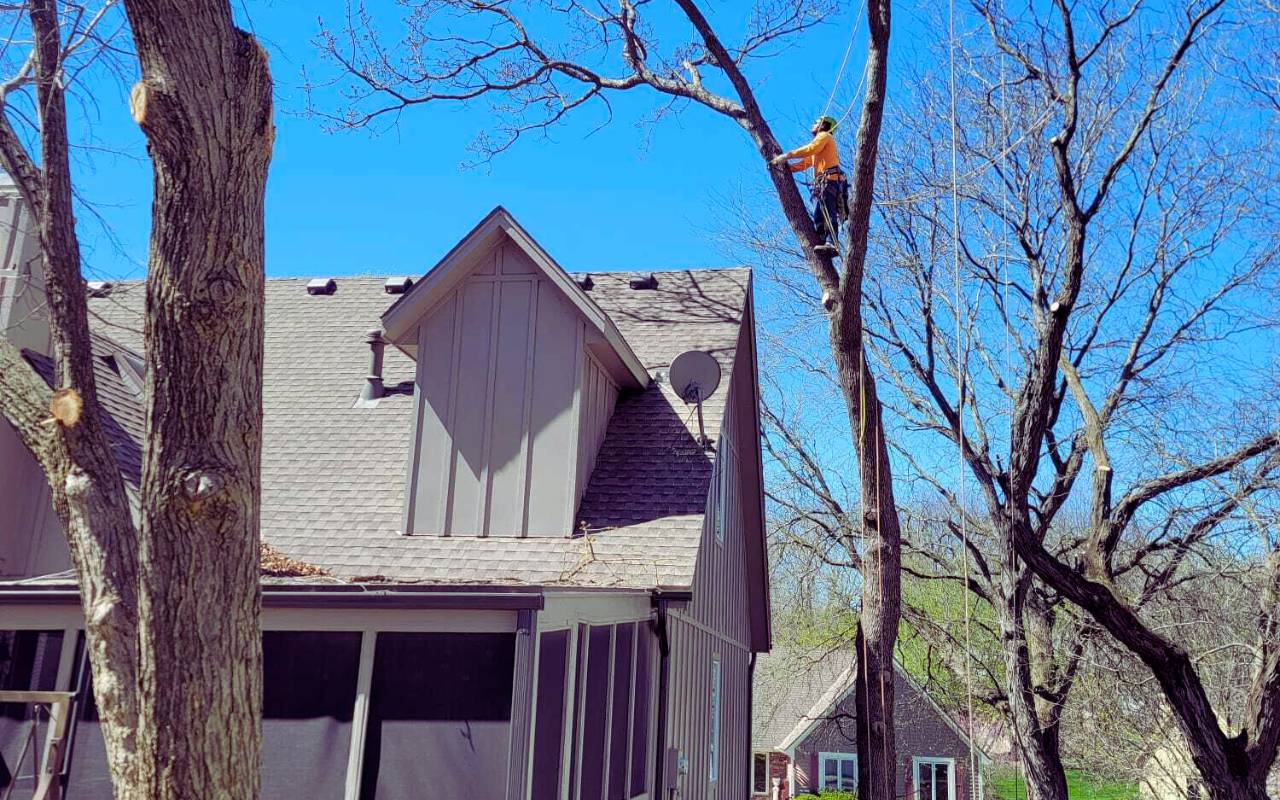
Venture into the world of tree removal, and you’ll quickly find that it’s not as simple as chopping down a tree. In Kansas City, the Kansas City tree removal inspection process ensures safety, health, and beauty across the city’s landscape. This system follows organized steps to evaluate requests, requiring specific documents and a clear understanding of approval timelines. By exploring these details, you’ll gain valuable insights to avoid setbacks and stay compliant. Understanding each phase helps protect both property and the urban canopy.
Overview of the Kansas City Tree Removal Process
The Kansas City tree removal inspection process protects the city’s urban canopy while allowing safe removals of hazardous trees. It begins with identifying the tree and submitting an application to the city’s forestry department. A trained inspector then evaluates the tree’s health and location. This ensures that only risky or nonviable trees are approved for removal. Understanding how the city evaluates removal requests allows you to follow the process correctly and avoid mistakes.
- Identify the tree that needs removal.
- Submit the application to the forestry department.
- Wait for an assigned inspection appointment.
Inspectors assess the tree’s health, proximity to structures, and environmental impact. If approved, removal may proceed. Otherwise, pruning or mitigation might be suggested. Following every step contributes to maintaining Kansas City’s greenery responsibly. For more guidance on the city process, visit Learn about the inspection process.
Importance of Tree Removal Inspections
Tree removal inspections in Kansas City safeguard safety and the urban forest. Many property owners misjudge risks, but inspections reveal hidden structural or disease issues. Trained inspectors identify potential hazards that could cause damage or injury. With a proper inspection, only necessary removals occur, supporting responsible management.
- Prevents unnecessary removals.
- Protects nearby properties and power lines.
- Preserves the balance of the urban ecosystem.
Inspections also protect environmental quality and promote stewardship. Residents are encouraged to explore pruning or treatments before removal. This thoughtful approach benefits everyone in Kansas City.
Preparing for a Tree Removal Inspection in Kansas City
Before your scheduled visit, clear the tree’s base to allow full visibility. Ensure gates are unlocked and access is safe. Note any nearby power lines or buildings. Familiarize yourself with kcmo tree inspection steps by checking the city’s guidelines. This preparation helps speed up the process. Being organized shows your commitment to compliance and safety.
Required Documents for the Inspection Process
Before inspection, gather all paperwork. You’ll need an application form, proof of ownership, and any relevant photos or site plans. These help inspectors assess accurately. Understanding which documents needed for inspection in kc streamlines the process and reduces delays.
- Official application form.
- Proof of ownership or authorization.
- Tree photos and location sketches.
Having this information ready ensures efficiency. Include records of past treatments if available. This helps inspectors understand the tree’s history and make informed recommendations.
Understanding the Timeline for Inspection Approval
After submitting documents, it usually takes one to two weeks to schedule an inspection. During busy seasons, expect longer waits. Knowing the timeline for inspection approval kansas city helps you plan effectively. Once reviewed, you’ll receive a notice of approval or feedback. If approved, you may contact a professional tree removal company immediately. For expert help, reach out through our Contact our team page.

Key Factors Evaluated During a Tree Removal Inspection
Inspectors evaluate several elements to ensure accurate assessments. They look for disease, decay, and structural instability. Root conditions are examined for girdling or poor soil support. Location also plays a key role—trees close to buildings or utilities may require removal sooner. Understanding how the city evaluates removal requests helps you prepare effectively.
Post-Inspection Procedures and Steps
After the inspection, you’ll receive a detailed report. This includes approval conditions and an expiration date for removal. Understanding what happens after the inspection kcmo ensures full compliance. Once approved, hire a licensed arborist to perform removal. Send proof of completion to the city to close the case. If pruning or treatments were advised, follow those guidelines carefully.
FAQs About Tree Removal Inspections in Kansas City
What is the purpose of a tree removal inspection?
The purpose is to ensure safety and protect Kansas City’s urban forest through regulated removals.
How long does a Kansas City tree inspection take?
Inspections typically take about an hour, depending on tree size and site conditions.
Which documents do I need for my inspection?
You’ll need an application, proof of ownership, and photos or sketches of the tree location.
What if my removal request is denied?
If denied, the city may recommend pruning or other mitigation options instead of removal.
Can I remove a tree before the inspection?
No, removals before inspection approval are prohibited and may result in penalties.
Compliance and Regulations in Kansas City Tree Removal
Kansas City’s tree ordinances protect the city’s canopy and heritage trees. Removing trees in certain areas requires additional permits. Failing to comply can lead to fines or mandatory replanting. By following proper procedures, you help preserve the urban forest. Always check local codes or reach out to forestry officials before starting any project.
Benefits of Proper Tree Removal Practices in Urban Areas
Proper removal prevents hazards, disease spread, and pest infestations. It also enhances city aesthetics and sustainability. Well-managed urban forests improve air quality, stormwater absorption, and property values. By adhering to kcmo tree inspection steps and regulations, residents ensure long-term environmental health and safety for all.
Successfully managing the Kansas City tree removal inspection process requires preparation and knowledge. By gathering the right documents, understanding timelines, and following city procedures, you’ll stay compliant and efficient. Now that you know how the city evaluates removal requests and what happens after the inspection kcmo, you can approach the process confidently. For personalized guidance, visit Learn about the inspection process or Contact our team today.
